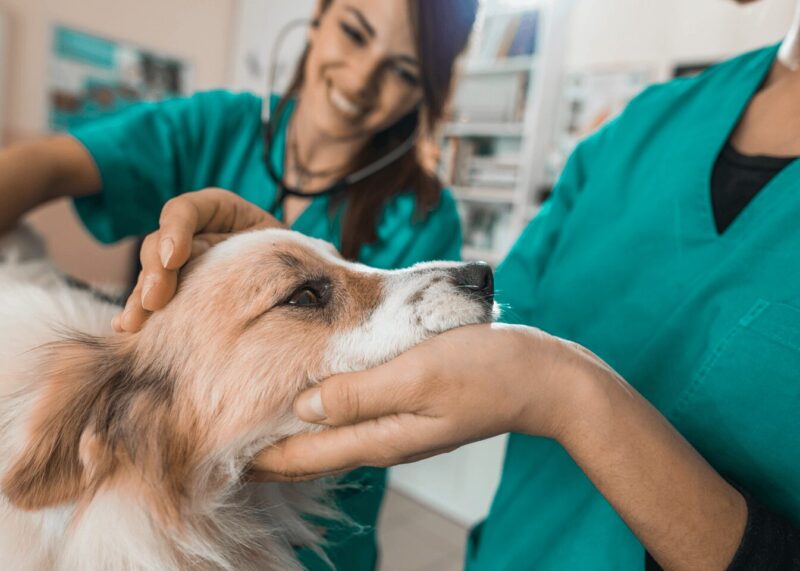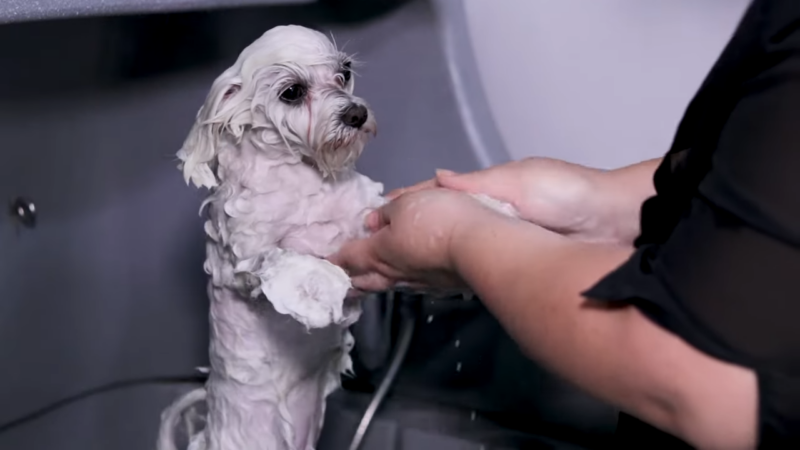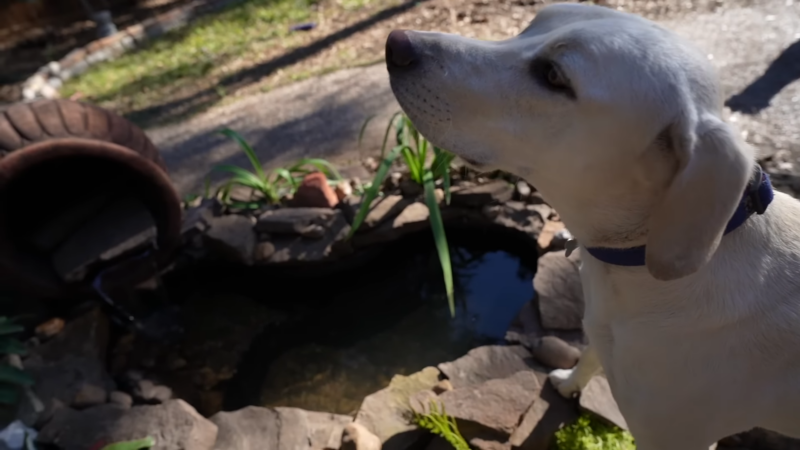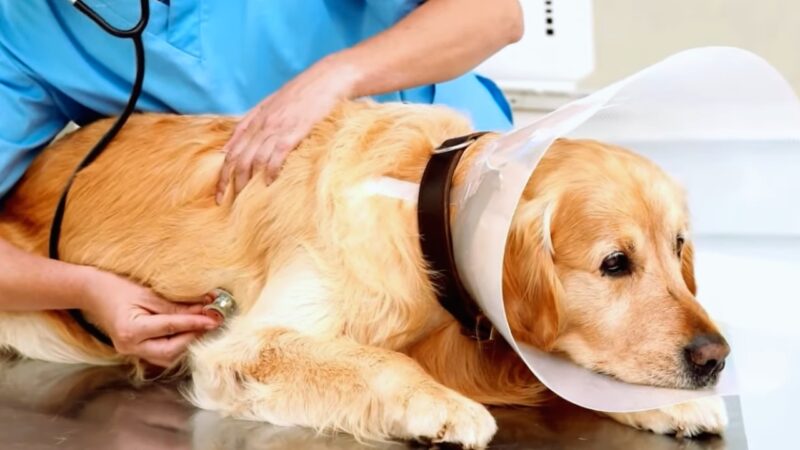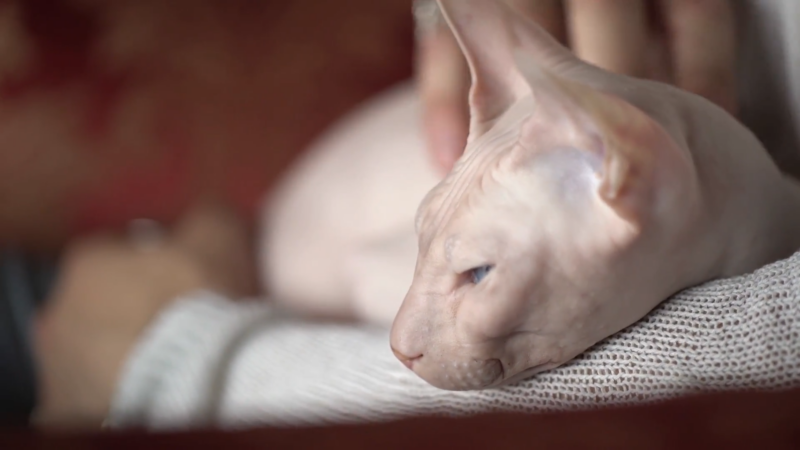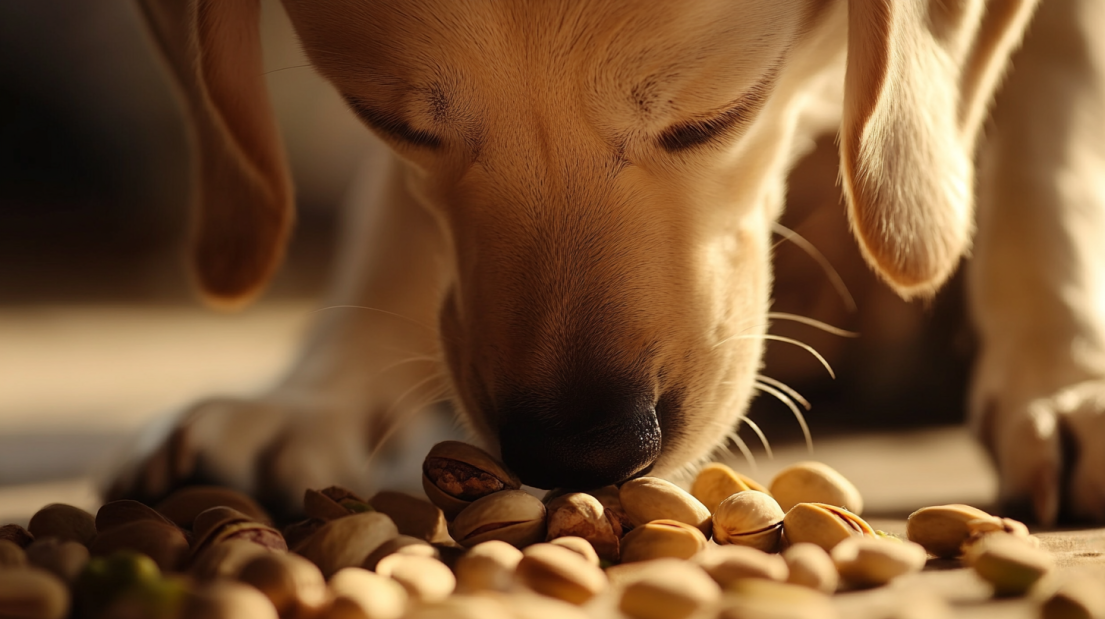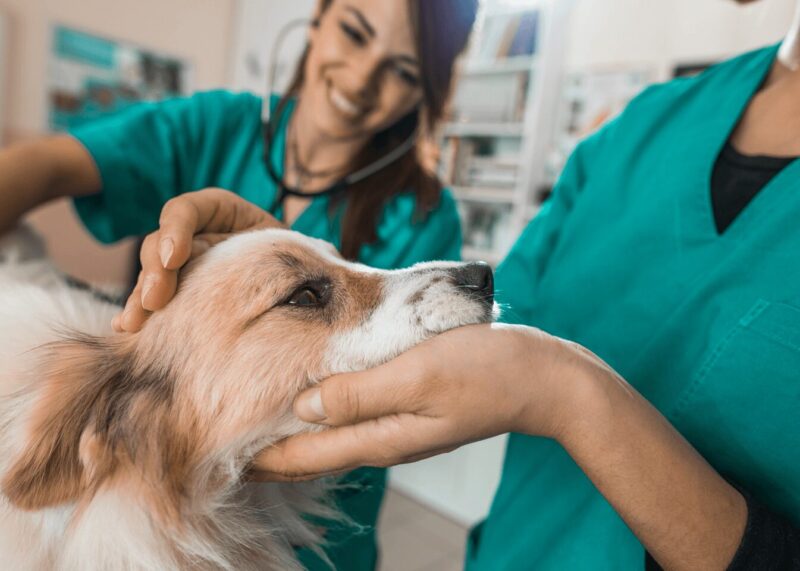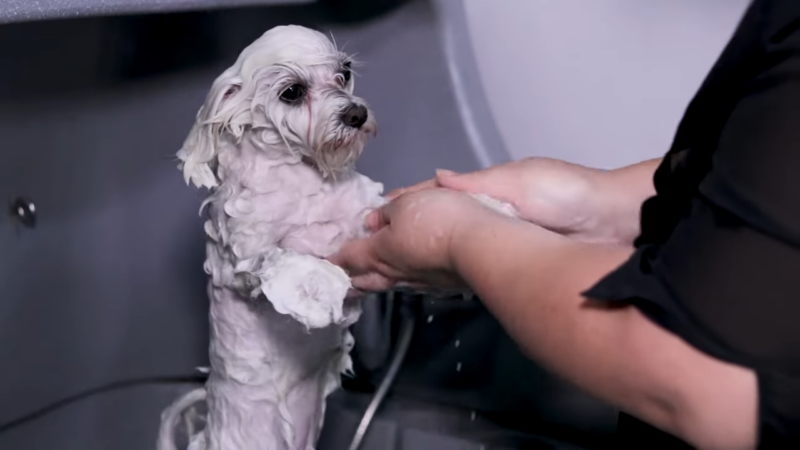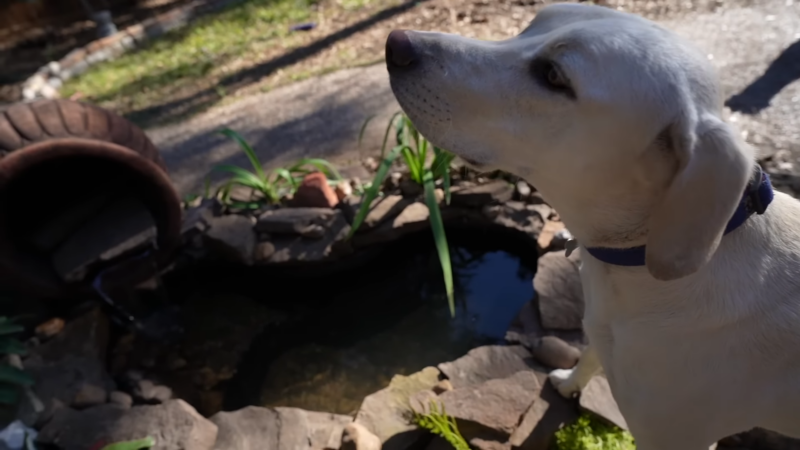
-
Nancy Nixon
- Published:
- Updated: March 12, 2024
- Category: Dog Specific Care, Medication and Treatments, Pet Health and Care
Share Post:
Imagine my shock when I found out my dog could be affected by blackheads, much like my teenage son. As a dog owner, it’s surprising to discover that our furry companions can suffer from skin issues that are eerily similar to our own. Blackheads, or comedones as they’re scientifically termed, are a common skin issue in dogs. While these small bumps might not pose a significant threat to their health, they can be a source of discomfort and, let’s be honest, they aren’t the most pleasant sight.
Interestingly, the urge to squeeze these blackheads, much like we might be tempted to do with our own, is a big mistake. Not only can it lead to skin infections, but it can also exacerbate the problem. The best approach? Consult with a vet. They’re equipped with the knowledge and tools to diagnose the cause and recommend the most effective treatment.
Causes of Canine Blackheads
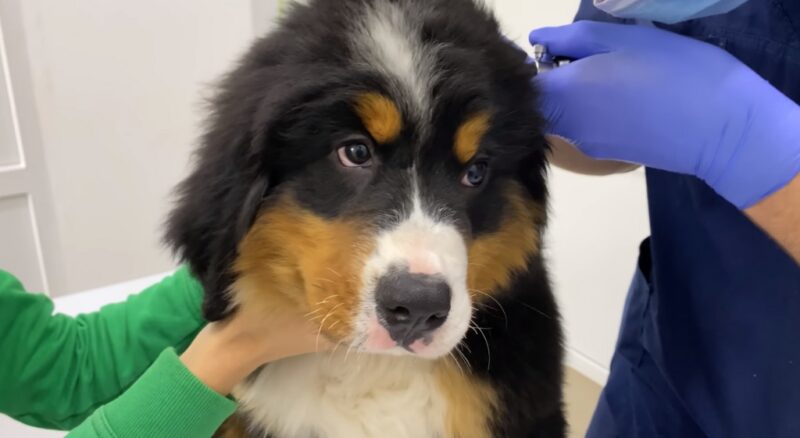
| Cause | Description |
|---|---|
| Poor hygiene | Lack of regular grooming can lead to the accumulation of oils and dirt in hair follicles, promoting blackhead formation. |
| Bacterial infections | Bacteria can invade and infect hair follicles, causing inflammation and subsequently leading to blackheads. |
| Hormonal imbalances | Conditions such as Cushing’s disease result in excessive hormone production, which can affect the skin’s oil production and lead to blackheads. |
| Diet | A diet lacking essential nutrients can compromise skin health, making it more susceptible to blackheads. |
| Environmental factors | Exposure to pollutants or irritants can clog pores and contribute to blackhead formation. |
Poor Hygiene: While dogs don’t need daily baths like humans, maintaining a regular grooming routine is essential. Without proper hygiene, oils, dirt, and dead skin cells can accumulate on the skin’s surface and in the hair follicles. Over time, this buildup can lead to the formation of blackheads. Breeds with naturally oily skin or dense coats might be more susceptible and might benefit from more frequent grooming sessions.
Bacterial Infections: The skin is our first line of defense against external threats, and this is true for our dogs as well. However, sometimes bacteria can invade and infect hair follicles. This bacterial invasion can lead to inflammation, which in turn can cause blackheads to form. It’s worth noting that while some bacteria naturally reside on the skin without causing harm, issues arise when there’s an overgrowth or when harmful strains invade. Regular grooming and keeping wounds clean can help prevent bacterial infections.
Hormonal Imbalances: Just like in humans, hormonal imbalances in dogs can lead to skin issues. Conditions such as Cushing’s disease, which results in an overproduction of the cortisol hormone, can affect the skin’s sebum production. An excess of sebum can clog hair follicles, leading to blackheads. It’s not always easy to detect hormonal imbalances, but symptoms like increased thirst, increased urination, and skin changes can be indicative. Regular vet check-ups can help in early detection and management of such conditions.
Dietary Influences: The saying “you are what you eat” holds for our pets as well. A dog’s diet directly impacts its overall health, including skin health. For instance, a diet rich in Omega-3 fatty acids can promote healthy skin and reduce inflammation. Conversely, a diet lacking essential nutrients or one that’s high in fillers and artificial additives might not provide the necessary support for optimal skin health. Furthermore, some dogs might develop sensitivities to certain food ingredients, leading to skin issues. For example, a dog that’s sensitive to chicken might exhibit skin problems when fed a chicken-based diet. It’s crucial to monitor your dog’s reaction to their food and consult with a vet or a pet nutritionist to ensure they’re getting a balanced diet.
Environmental Factors: The environment in which our dogs live and play can significantly influence their skin health. For instance, if you reside in an area with high pollution levels, the pollutants in the air can settle on your dog’s skin, clogging the pores and leading to blackheads. Similarly, if your dog loves to roll around in the grass or dirt, the debris and minute particles from the ground can get trapped in their pores. Even indoors, the use of certain cleaning products or air fresheners can introduce chemicals that might irritate their skin. It’s essential to be aware of these factors and, where possible, mitigate their impact. For example, a simple post-play wash or wipe-down can help remove pollutants and debris from your dog’s skin.
Recognizing The Signs
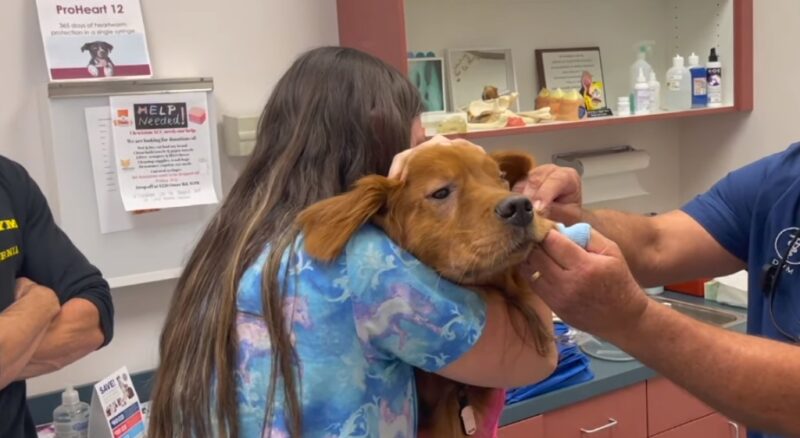
When it comes to our furry friends, early detection of any health issue is crucial. Recognizing the signs of blackheads or acne in dogs can help in timely intervention and prevent potential complications. Here’s what to look out for:
- Appearance of Blackheads and Whiteheads: Just like in humans, dogs can develop blackheads and whiteheads. Blackheads are small black bumps on the skin, often found on the nose and chin, resulting from clogged pores or follicles. Whiteheads, on the other hand, are similar but lack the characteristic black discoloration. They might be less common but can still cause irritation on your dog’s face.
- Pustules: These are red, inflamed bumps on your dog’s skin with pus at their base. They are commonly found on the face or around the mouth but can also appear elsewhere, like behind the ears. The presence of pustules indicates an underlying infection or inflammation.
- Localized Redness or Inflammation: If you notice redness or inflammation around specific spots where lesions appear on your dog’s body, it could be a sign of acne or an underlying skin infection.
- Increased Scratching: Dogs might scratch areas around their face or chin more than usual, especially during seasonal changes or when they’re shedding. This could be a reaction to the discomfort caused by the acne or blackheads.
- Greasy, Flaky, and Scabby Hair: The hair around the affected area might appear greasier than usual. Additionally, you might notice flakiness or scabs, indicating irritation or an ongoing skin issue.
- Small Bumps Around Facial Features: Look out for small bumps around your dog’s eyes, mouth, chin, cheeks, eyelids, and lips. These bumps, often resembling pimples in humans, can be indicative of canine acne.
Treatment
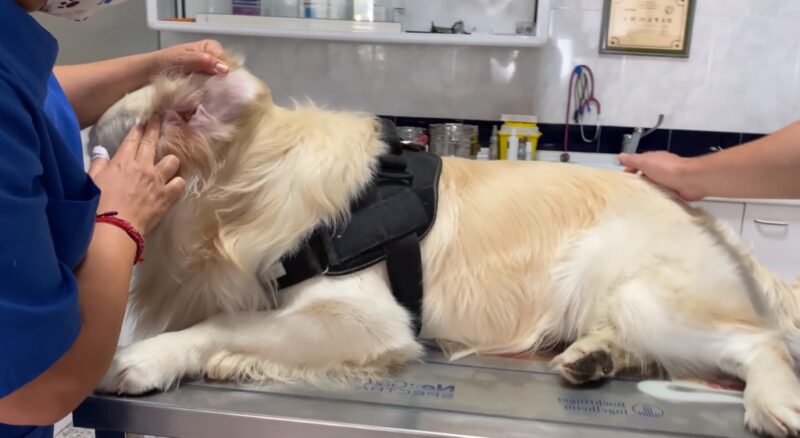
When it comes to treating blackheads and acne in dogs, the approach largely depends on the severity of the condition. Here are some common treatments:
- Follicle Flushing Shampoo: One of the primary treatments for uncomplicated blackheads is a ‘follicle flushing’ shampoo. This shampoo contains benzoyl peroxide, which helps in deep cleaning the pores and removing dirt and oil buildup. It’s effective in treating and preventing the formation of new blackheads.
- Antibacterial and Medicated Shampoos: These are available at local pet stores and are designed to treat dog acne. They help in reducing inflammation and preventing bacterial infections, which can exacerbate the acne condition.
- Benzoyl Peroxide Ointment: Apart from shampoos, benzoyl peroxide can also be applied as an ointment to the affected areas. It acts as a drying agent, reducing oil production and clearing clogged pores.
- Salicylic Acid (BHA) Solution: This is another effective treatment for blackheads. However, it’s essential to consult with a vet before applying salicylic acid, as it can be potent and might not be suitable for all dogs.
- Oral Medication and Prescription Ointments: In more severe cases of canine acne, a vet might prescribe oral medications or specific ointments. These treatments target the root cause of the acne, be it bacterial infections, hormonal imbalances, or other underlying conditions.
- Regular Cleaning with Benzoyl Peroxide Cleanser: For facial acne in dogs, frequent cleaning with a benzoyl peroxide cleanser can be beneficial. It helps in reducing the formation of pimples and blackheads.
- Topical Treatments: Mild cases of dog acne can often be managed at home with gentle cleaning and over-the-counter topical treatments. These treatments can soothe the skin and reduce inflammation.
Prevention
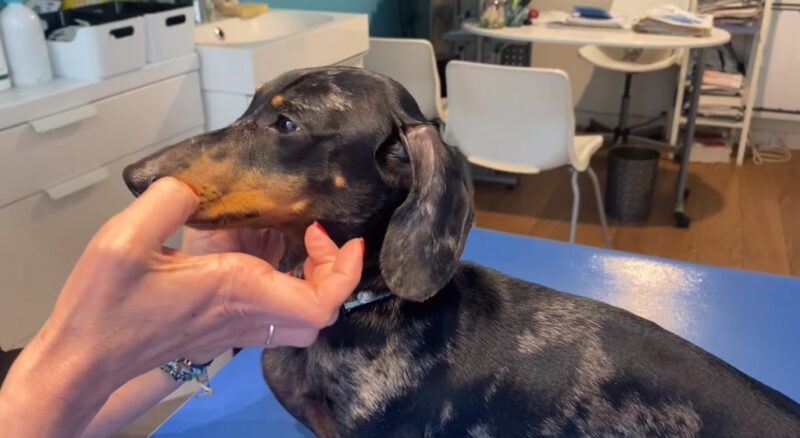
Preventing blackheads and acne in dogs is as crucial as treating them. By taking proactive measures, you can reduce the likelihood of your dog developing these skin issues. Here’s how you can help prevent canine acne:
- Regular Grooming: Regular grooming helps in removing dirt, debris, and excess oil from your dog’s skin. This reduces the chances of pores getting clogged, which can lead to blackheads and acne. Ensure that you use a gentle dog-specific shampoo and brush your dog’s coat regularly to keep it clean and free from tangles.
- Avoid Trauma to the Muzzle: Many cases of canine acne are thought to be triggered by trauma to the skin of the chin or muzzle. This can be caused by activities like rooting around in the dirt or using rough-edged plastic bowls. Opt for smooth-edged, stainless steel or ceramic bowls and monitor your dog’s activities to prevent trauma to the muzzle area.
- Use Benzoyl Peroxide Products: The most common treatment for canine acne is topical benzoyl peroxide. This product can also be used as a preventive measure. It helps flush out the hair follicle and reduce bacterial contamination. Using benzoyl peroxide-based products can decrease the likelihood of recurrence in dogs prone to acne.
- Dietary Considerations: Ensure that your dog’s diet is balanced and provides all the essential nutrients. A healthy diet can boost the immune system and promote skin health, reducing the chances of skin issues. If you suspect food allergies, consult with a vet to identify and eliminate potential allergens from the diet.
- Avoid Squeezing Pimples: One of the most beneficial things you can do is resist the temptation to “pop” the pimples. Squeezing the lesions can increase the likelihood of hair follicles rupturing under the skin, leading to worsening inflammation.
- Monitor for Allergies: If your dog shows signs of allergies, such as itching, redness, or swelling, consult with a veterinarian. Managing allergies can help in reducing the chances of skin issues, including acne.
- Regular Vet Check-ups: Regular vet visits can help in the early detection of skin issues and underlying conditions that might lead to acne. Your vet can provide guidance on preventive measures tailored to your dog’s specific needs.
FAQ
Are certain breeds more susceptible to developing acne?
Yes, there appears to be a genetic predisposition in some breeds. Commonly affected breeds include Boxers, English Bulldogs, Great Danes, German Shorthaired Pointers, Weimaraners, Mastiffs, Rottweilers, and Doberman Pinschers. However, other breeds can also be affected, albeit at lower rates than these predisposed breeds.
What at-home measures can I take to alleviate my dog’s acne?
One of the most beneficial actions you can take at home is to resist the urge to “pop” the pimples. Squeezing the lesions can intensify the inflammation by causing hair follicles to rupture under the skin. If you can pinpoint a cause of trauma to your dog’s muzzle or chin, preventing this trauma can help reduce acne. Potential causes of trauma include rooting around in the dirt, using a plastic bowl with rough edges, or scratching at the face. It’s also beneficial to ensure your dog’s environment is clean and free from potential irritants.
Can human acne medications be used to treat blackheads and acne in dogs?
While some ingredients found in human acne medications, like benzoyl peroxide, are also used in canine treatments, it’s essential to consult a veterinarian before applying any human product to your dog. Human formulations might contain concentrations or additional ingredients that are not suitable for dogs and could cause adverse reactions.
Are puppies more prone to developing acne compared to adult dogs?
Just as human teenagers can be more prone to acne, puppies, especially during their adolescent phase, can experience breakouts. However, it’s essential to differentiate between typical puppy acne and other potential skin issues. Always consult with a veterinarian if you notice skin abnormalities in your puppy.
Conclusion
Our canine companions, much like us, are susceptible to a range of skin conditions, with blackheads and acne being among them. While these issues might seem minor, they can be indicative of underlying health concerns or environmental factors that need addressing.
As responsible pet owners, it’s our duty to stay informed, recognize the signs, and take proactive measures to ensure our dogs’ skin health. Regular grooming, a balanced diet, and timely veterinary consultations are paramount in this endeavor.
By understanding the causes, treatments, and preventive measures, we can ensure that our furry friends lead comfortable, happy lives, free from the discomfort of skin ailments. Remember, a healthy dog is a happy dog, and their well-being is a testament to the love and care we provide.
Related Posts:
- Can Hamsters Eat Mushrooms? The Ultimate Guide to…
- Coping with the Loss of a Pet - Ultimate Guide
- 7 Tips for Preventing Your Dog from Jumping into the…
- Can Hamsters Eat Cabbage? A Guide to Healthy Eating
- Can Hamsters Eat Bell Peppers? - A Nutritional Guide
- Why Is My Dog's Skin Pink? A Comprehensive Guide

